Cynthia Leitich Smith is Coming to the Summit!
| The UNLV Young Adult Literature Summit is pleased to feature Cynthia Leitich Smith this year. Smith is an enrolled citizen of the Muskogee (Creek) Nation who landed on the Young Adult scene with Jingle Dancer in 2000, and she’s been changing our lives with her work ever since. As a teacher and writer, she centers young people - particularly Native youth - their lives and their thoughts in all her work. |
| She has been recognized by YALSA, the ALA, and the Texas Library Association, among several others. This year she was named 2021 Neustadt NSK Laureate (Winner of the NSK Prize for Children’s Literature). Her novels have won numerous awards, including the American Indian Youth Literature award for Hearts Unbroken and the Junior Library Guild Gold Standard Selection for Ancestor Approved. Ancestor Approved, edited by Smith and published in 2020, is an anthology of stories and poems contributed by several authors (including Smith) who collaborated to create intersecting stories that take place during an intertribal powwow. Thanks to the collaboration of all the contributors, all of the stories weave together to give readers the feeling of the powwow and to show Native joy and the beauty of community, as people from many nations join together in the celebration of their heritage. Read an excerpt here. |
| Most excitingly, the Heartdrum imprint, a Native-focused imprint of HarperCollins, has launched this year with Smith as the author-curator! The imprint focuses on publishing the work of Indigenous writers and illustrators for children and young adults. There are picture books, chapter books, middle grade novels, and young adult novels. The future of Native American children’s and young adult literature looks very exciting! |
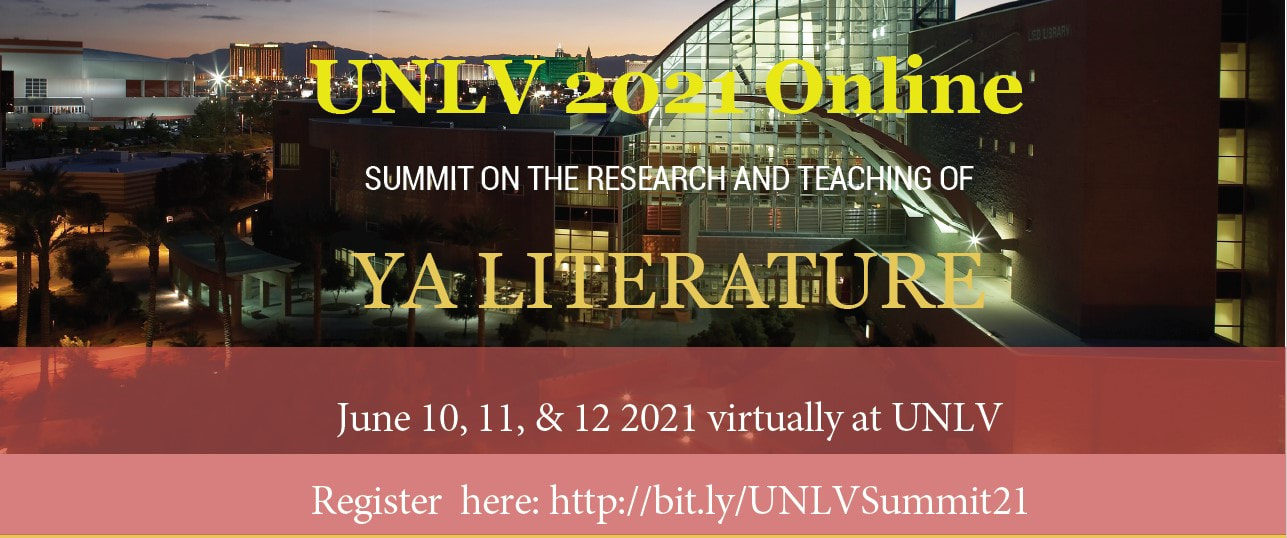
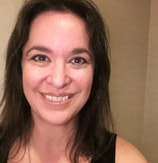
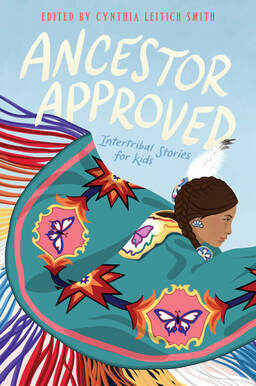
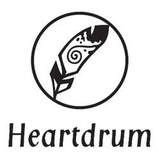
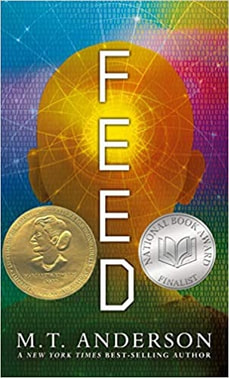
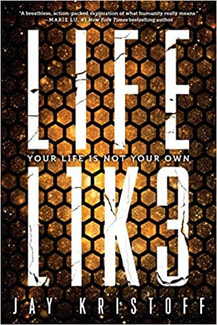
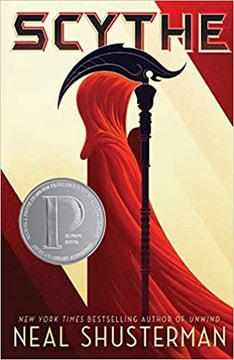
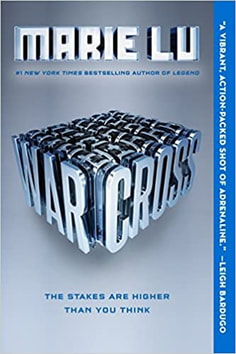
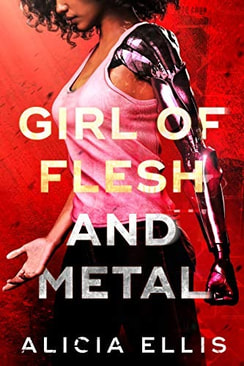
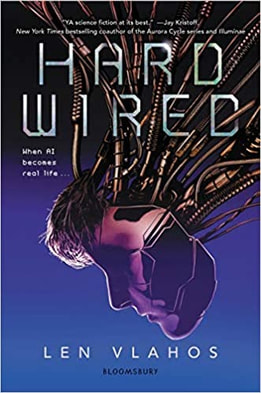
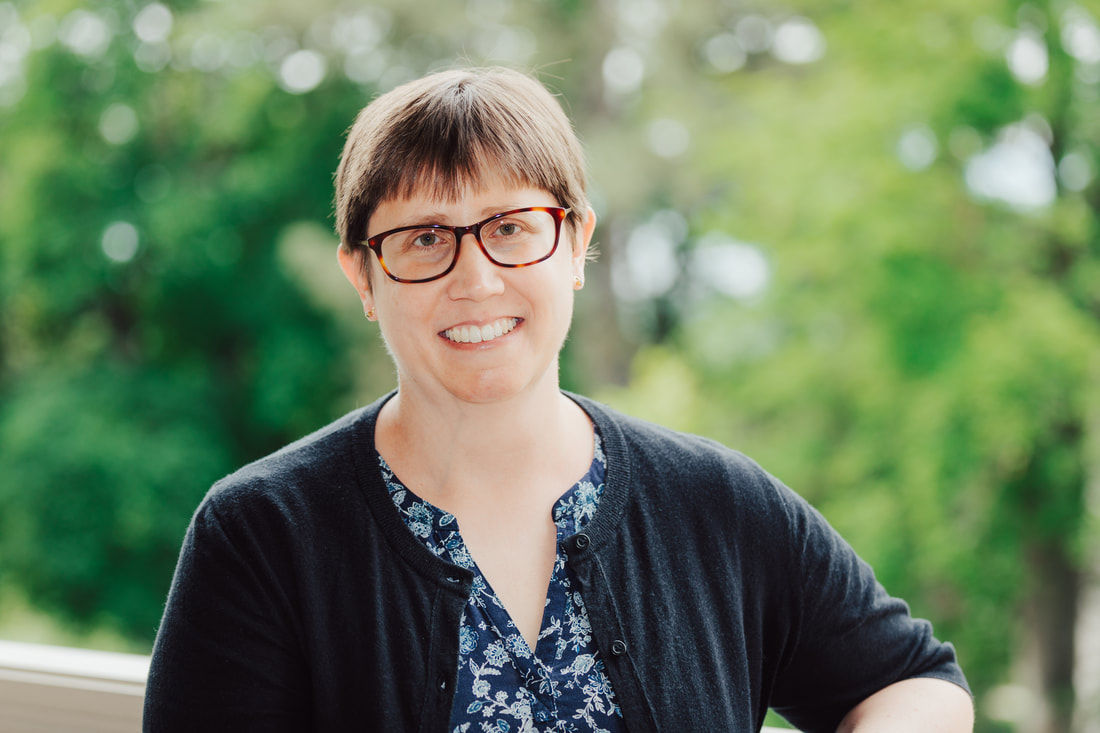
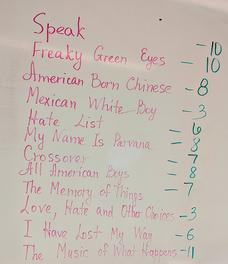
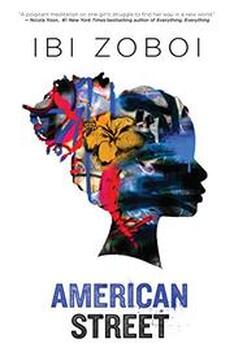
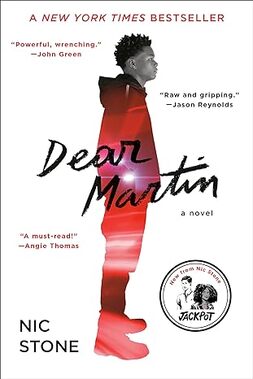
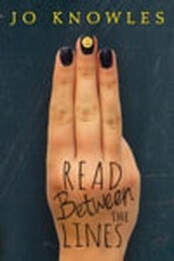
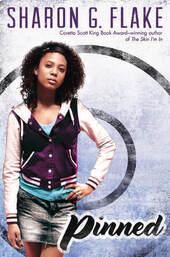
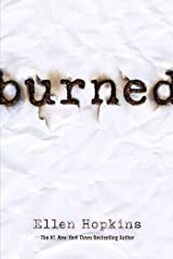
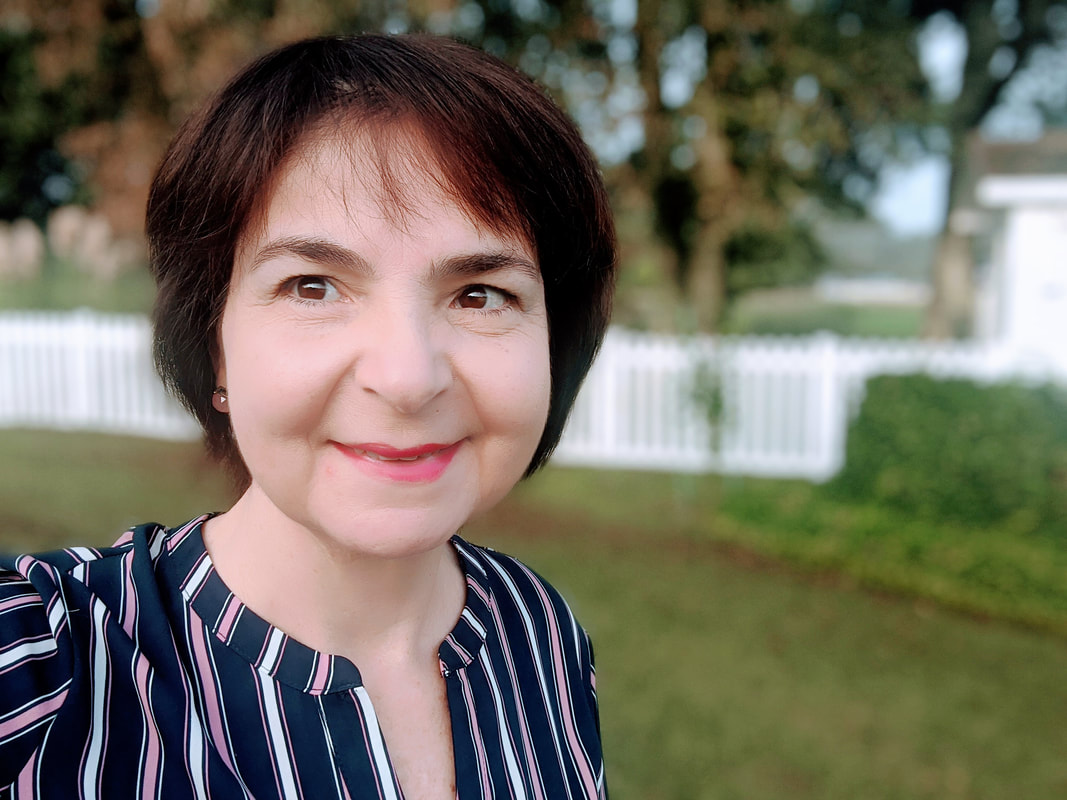
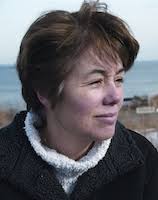


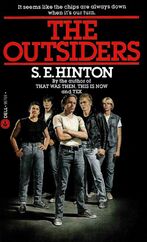
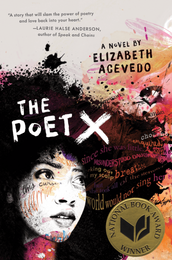

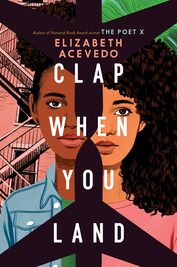

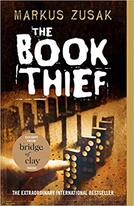
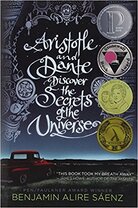
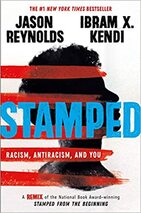
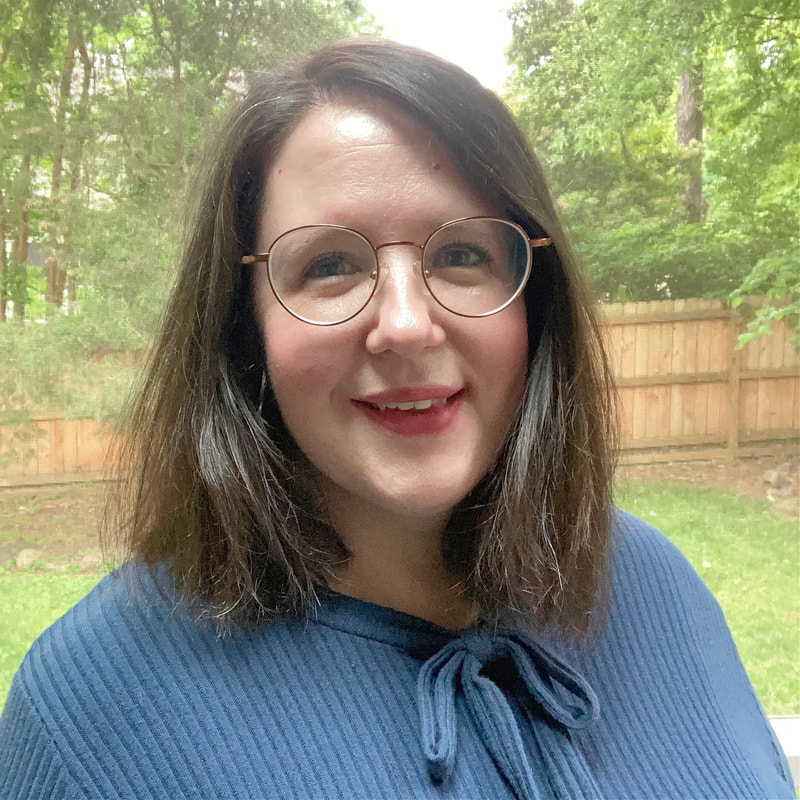
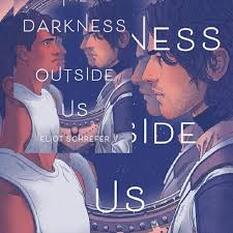
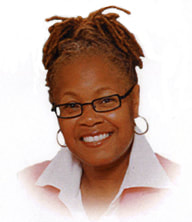
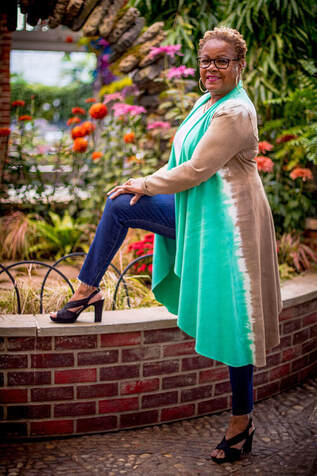

 RSS Feed
RSS Feed